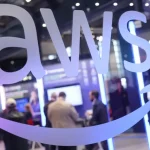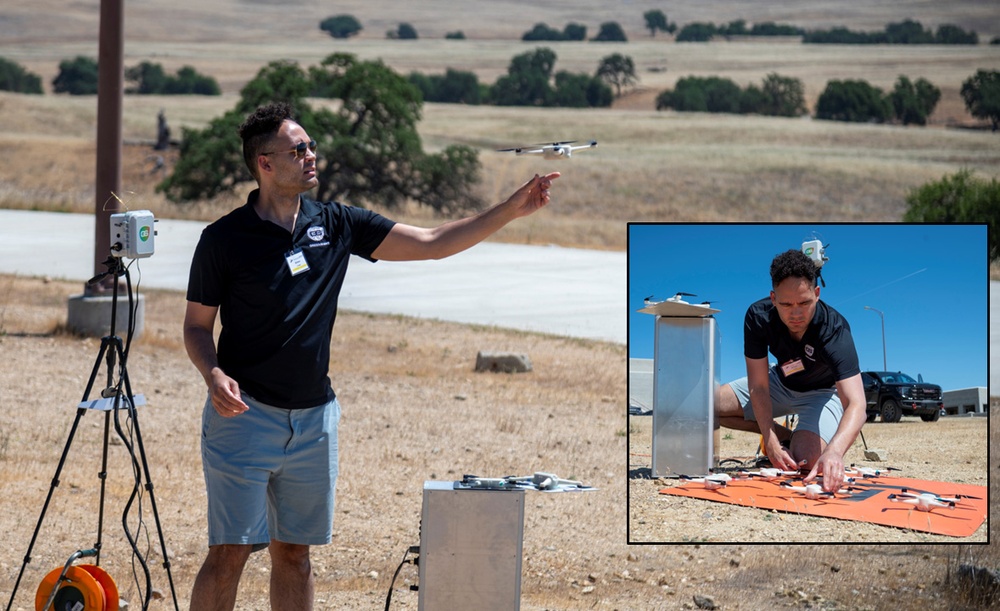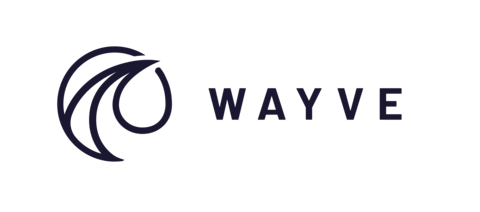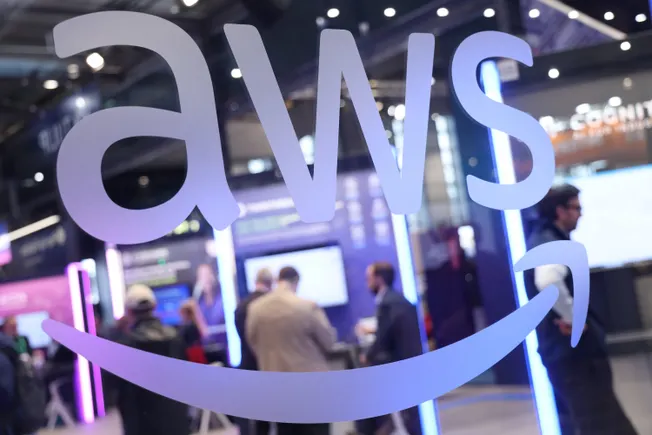The roar from cutting-edge drone technology filled the sky above the Naval Postgraduate School’s (NPS) latest Joint Interagency Field Experimentation (JIFX) event in May at Camp Roberts in central California. Over a hundred flights tested new drones, artificial intelligence (AI), combat operations, swarms, countermeasures, sensors, navigation, communications, and more.
As a large jet-powered drone slammed into its target, a laser weapon system (LWS) destroyed quadcopter after quadcopter at another live fire range at NPS’ JIFX. Dozens of companies from across the defense spectrum also ran experiments to bring their innovations closer to solving national defense challenges and becoming operationally deployed.
For more than two decades, small and large businesses wanting to expedite the development of their emerging defense technologies and get them operational as soon as possible have experimented at JIFX and forerunner field experimentation programs. Early campaigns by NPS research centers also provided the proving grounds that enabled JIFX to flourish, even as the threats to national security have continually evolved.
In fact, all the way back in 1998, the Center for Interdisciplinary Remotely Piloted Aircraft Studies (CIRPAS), founded in 1993, converted the dirt strip at Camp Robert’s McMillan Airfield into a 3,500-foot long and 65-foot wide concrete runway dedicated to drones—uncrewed aerial vehicles (UAV)—and built the supporting facilities. This airfield is home to JIFX.
Nowadays, many drones are vertical and/or short takeoff and landing (V/STOL). Some launch by catapult or are shot into the air by rocket assisted takeoff (RATO). Drones can fit within the palm of a hand or be the size of crewed aircraft. They can fly in swarms or AI coordinated formations. And JIFX remains at the forefront with them all. Its enormous, protected airspace, which spans roughly 150 square miles and extends up to 15,000 feet, is just one of the premiere features made available to businesses eager to push technological boundaries in service of the country.
In May, during JIFX’s most recent event, 29 unique technologies underwent experimentation in more than 10 research focus areas, including expeditionary operations; unmanned systems design, deployment, operation, networking, and control; countering unmanned systems, which included using an LWS; and cyber, cyber security, and electronic warfare. A total of 111 drone sorties flew to support the experimenters’ technologies.
At JIFX quarterly events, under the watchful eyes of technology evaluators and stakeholders from across the Department of Defense (DOD) and other government agencies, these business-lead experimenters continually operate across rural landscapes and work within the confines of urban dwellings, hug the ground in flight and soar thousands of feet in air, and cruise the water’s surface and submerge into its depths. All this for real-world, early-stage testing and refining of their capabilities. Special Operations Command (SOCOM) has been engaged with NPS’ field experimentation programs from the start and continues to be a dominant driving force behind JIFX for identifying and adding cutting-edge technology to maintain operational advantages for national defense.
The next JIFX event occurs August 11-15, and while over 80 companies sought to attend, current resource constraints limit participants to about 60. While JIFX continues to prove its exceptional value on a shoe-string budget by a very innovative team, developing defense critical technologies and hands-on learning for the researchers and students involved, there is great promise to expand operations and impact as the call to action for accelerating drone applications in DOD demands increased access to ready ranges.
Proven Business Technology Development and Deployment Accelerator
“JIFX participation contributes to technological development, strategic business positioning, and long-term outcomes, such as funding, acquisitions, and follow-on contracts,” stated JIFX’s operations manager Ashley Book in “The Impact of the Joint Interagency Field Experimentation Program on Small Business Success,” research published in the proceedings of the 2025 NPS Acquisition Research Symposium and Innovation Summit.
“JIFX serves as a strategic entry point into the defense market and fosters a resource-based competitive advantage for its participants,” her research continued.
Persistent Systems is one such company that made the most of numerous NPS field experimentation events and rose up through the ranks. First attending in 2007, while only a two-person company with its founders fresh out of graduate school, it worked with SOCOM to build high-bandwidth mesh network technology. Since then, the company has grown into a leading defense company that also services first responder, commercial, and other government markets. Its mobile networking products are vital components of drones made by manufacturers that have also participated at JIFX, such as Insitu, Lockheed Martin, and Shield AI.
In Book’s research, she identified many participants fostered at JIFX that not only experienced enormous growth, but also underwent massive mergers. Her research reported, “Notable examples include Splunk’s acquisition by Cisco for $28 billion and Inmarsat’s acquisition by Viasat for $7.3 billion, both of which underscore the high value placed on innovations demonstrated through JIFX.”
An Exceptional Legacy of Experimentation and Collaboration
Camp Roberts, a sprawling, backcountry California National Guard base in southern Monterey County, provides the perfect location for JIFX. The experimenters know this is where they have one of the fastest and cheapest opportunities in the entire DOD to help accelerate their technology from research and development projects to equipment adopted for defense operations. The proof is in the legacy of the many victories that have occurred at JIFX over the years.
JIFX co-principal investigator and flight operations director Aurelio Monarrez attributes a large part of these successes to a culture at JIFX that empowers experimenters to push the boundaries of their technology without fear of negative consequences if experiments don’t run exactly as planned.
“It’s okay to have bounds, but it’s not okay to restrict people because that limits creativity,” said Monarrez. “To be innovative, you need to be creative. I feel what makes JIFX different is that we encourage creativity because we also offer a fail-friendly environment. We’re not going to kick you out of JIFX if your UAV crashes. We’re going to help you clean it up and then get you flying again. Almost immediately in some cases.”
In ways, JIFX harkens back to the Right Stuff days of X-plane flight testing and envelope expansion at Edwards Air Force Base.
Stakeholders, such as Naval Special Warfare, can give experimenters their requirements. But these could be things that the experimenters have never thought about or attempted to meet with their technologies. At JIFX, experimenters have the freedom to run tests on the spot. Even if the tests aren’t completely successful, they may show enough promise for stakeholders to become advocates of the experimenters’ technologies.
Considering only drones for the moment, Insitu’s ScanEagle, Shield AI’s V-BAT, and Hood Tech’s FLARES (Flying Launch and Recovery System) are some of the many small business success stories that have come through JIFX over the years. Heavyweights like AeroVironment have also realized the unique opportunities afforded by JIFX and have taken full advantage. Snipe, Puma, Raven, and Switchblade are among the drones they tested at JIFX.
Even CIRPAS conducted some early development of General Atomics’ ground-breaking Predator, which became operational in the mid-1990s. This happened at McMillan Airfield before NPS field experimentation became formalized into early iterations of what we now call JIFX.
As drones, AI, and a wide range of other technical innovations regularly undergo vigorous testing at JIFX, they encounter field conditions mimicking some of those faced during operational deployment. And importantly, just like in the real world, no single technology functions completely on its own without other technology.
So, before, during, and after JIFX, experimenters often form collaborations that integrate complementary technologies. A company testing a new drone might carry another company’s payload, which tests a new GPS-denied navigation system. A third company might test a new sensor to track the drone, while a fourth tests a new system that securely communicates with the drone.
In February, Chariot Defense’s expeditionary battery system powered Aurelius Systems’ LWS during live laser firing tests at drone targets. Both Chariot and Aurelius were able to conduct experiments to independently improve their technology, but the collaboration also allowed them to better simulate actual operations in the field where equipment must work together. Powerful compact batteries enhance the mobility and survivability of an LWS. Afterward, Chariot provided power to Firestorm’s xCell, an expeditionary additive manufacturing station, which tested its frontline drone fabrication process. In July, Firestorm received $47 million from defense-focused investors to further xCell’s development.
Drones, Lasers, and AI Featured at Latest JIFX
From lessons learned at the previous JIFX, Aurelius Systems returned with an improved LWS that had a more powerful laser and greater range. Its LWS now engaged small group one quadcopters suspended from a moving gunnery line at distances up to 500 meters (1,640 feet).
To target these drones from over a quarter mile away, the LWS relied on automation to scan the area, detect and identify the type of drone, determine the aimpoint or optimized point of vulnerability, and then fire for a long enough duration to incapacitate the drone. AI plays a key role in this system.
“You train an AI model to become hyper-intelligent at differentiating a drone from just a random mass in the background environment,” said Aurelius cofounder and Chief Technology Officer John Marmaduke. “Basically, you feed it a bunch of data on drone profiles, like physical parameters. Dimensions, shapes, what the props and cameras look like. You’re making the AI model very good at identifying those key features as well as key features of kinematic movement, which is just the understanding of how an object flies in the sky.”
Miles away from the sizzling drones on the mountaintop laser-range, several other companies ran drone experiments as well. Firestorm Labs was one, and it focused on expanding the flight envelope and testing new operational capabilities of its modular Tempest drone. At a previous JIFX, Firestorm flew the prototype. This time it flew their latest revision, which had a wingspan of about seven feet and max takeoff weight of 65 pounds.
Swapping configurations, such as using a pusher prop or micro turbojet engine, allowed for adaptability between acoustic stealth, cruise speed, loitering duration, and range mission requirements.
“Tempest has an architecture that also allows it to easily integrate with various payloads,” said Rosario Aiello, Firestorm’s integrations group leader. “And with a payload bay that can carry 10 pounds, it can fly anything that fits inside.”
Tempest successfully flew two important first flights—a catapult launch and a terminal guidance to a ground target. Its flight tests also included deployments of many payloads for partners.
“JIFX is important to Firestorm because it allows us access to some airspace that we otherwise don’t normally get. Additionally, there’s a bunch of partners that also operate at JIFX that really want to work with Firestorm. And we’re really excited to be able to work these companies and add their cutting-edge technologies to our Tempest to bolster its capability in the field,” added Aiello.
Rhoman Aerospace’s GPS-denied UAV navigation and maneuvering system flew as a payload aboard the Tempest. The system will be able to run autonomous missions by using only passive sensors. Rhoman is one of the many experimenters at JIFX using AI to advance technology. The system uses AI for detecting objects captured by its cameras.
“Our system has very complicated physics driving it. So, we’re also using AI for advanced model tuning and highly complex model corrections,” said Rhoman’s head of technology James Croughan. “We flew our test platform to collect data that we’ll use to tune the system. When we return to JIFX in August to run the system on a UAV in real time, we expect it to perform well.”
Successful Experimentation Across all Domains: Land, Sea, Air, and Space
In addition to McMillan Airfield and its airspace, experimenters have access to miles of wide-open terrain, urban warfare facilities, and live fire ranges capable of supporting drone and high-energy laser operations.
Experimenters also have opportunities to test marine technology. A new field experimentation ocean buoy was deployed on Monterey Bay in July, which is capable of interfacing with autonomous vehicles operating above, on, and below the surface of the water.
Nearby Lake San Antonio is available to experimenters, too. During the November 2024 JIFX event, researchers used NPS’ optionally crewed SeaFox vessel and two uncrewed surface vessels to test vision-based vessel detection and “friend, foe, or neutral” classification in low-light conditions.
“JIFX has been a great venue for a number of years to get our students and our faculty working with industry and warfighters on the latest and greatest technology,” said NPS research assistant professor Sean Kragelund, who led the investigation. “This is a fantastic environment to test new algorithms, technologies, and sensors in a fairly benign maritime environment. Once they work here, then they can be transitioned into a more operational environment.”
During another JIFX event, Kragelund and a team of three NPS students partnered with Saronic Technologies to test over-the-horizon technology to control a low-observable, uncrewed surface vessel. Using resilient space-based communications, they were able to track and task the vessel, which was operating in water hundreds of miles away from the control room at JIFX.
U.S. Navy Lt. Austin Dumas, one of the students who drove this effort, has since graduated with dual degrees in Space Systems Operations and Mechanical Engineering. Prior to becoming an NPS student, he had identified a capability gap during his operational experience. Participating in JIFX helped to expedite the solution needed to fill that gap.
“It’s an entirely different thing to know that when I go back to a unit, there could be a whole new capability that I helped propel,” said Dumas. “I think that’s the real, tangible difference that NPS is able to provide as far as relevance for warfighters.”
| Date Taken: | 08.11.2025 |
| Date Posted: | 08.11.2025 19:46 |
| Story ID: | 545374 |
| Location: | MONTEREY, CALIFORNIA, US |
| Web Views: | 14 |
| Downloads: | 0 |
PUBLIC DOMAIN
This work, Long-Standing Navy Program Accelerates Drone, AI, and Technology Development Under Field Conditions, by Daniel Linehan, identified by DVIDS, must comply with the restrictions shown on










